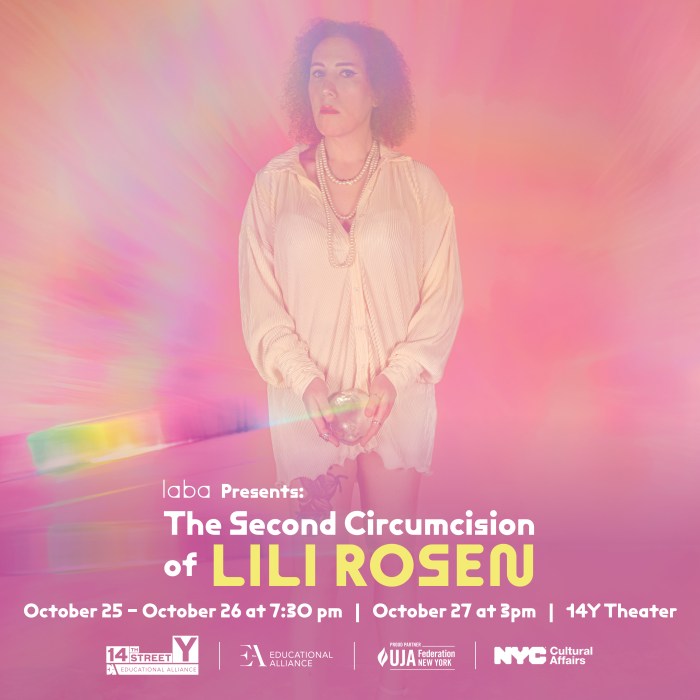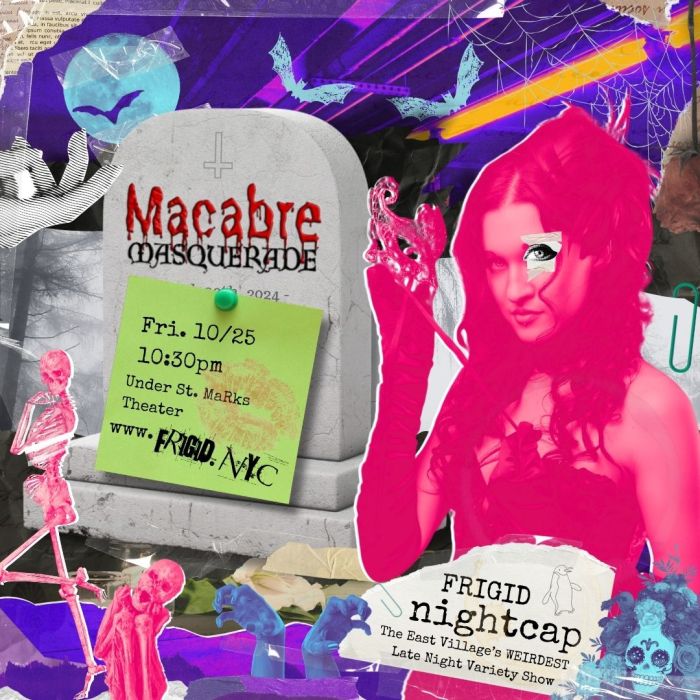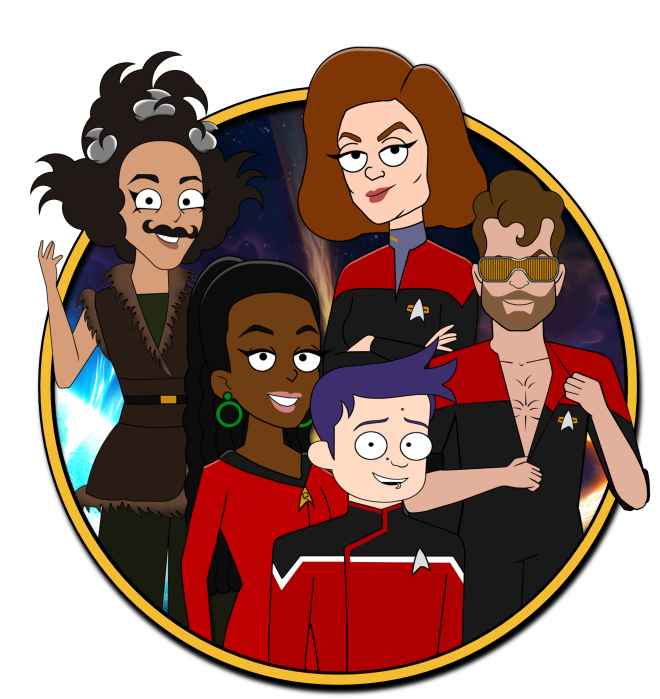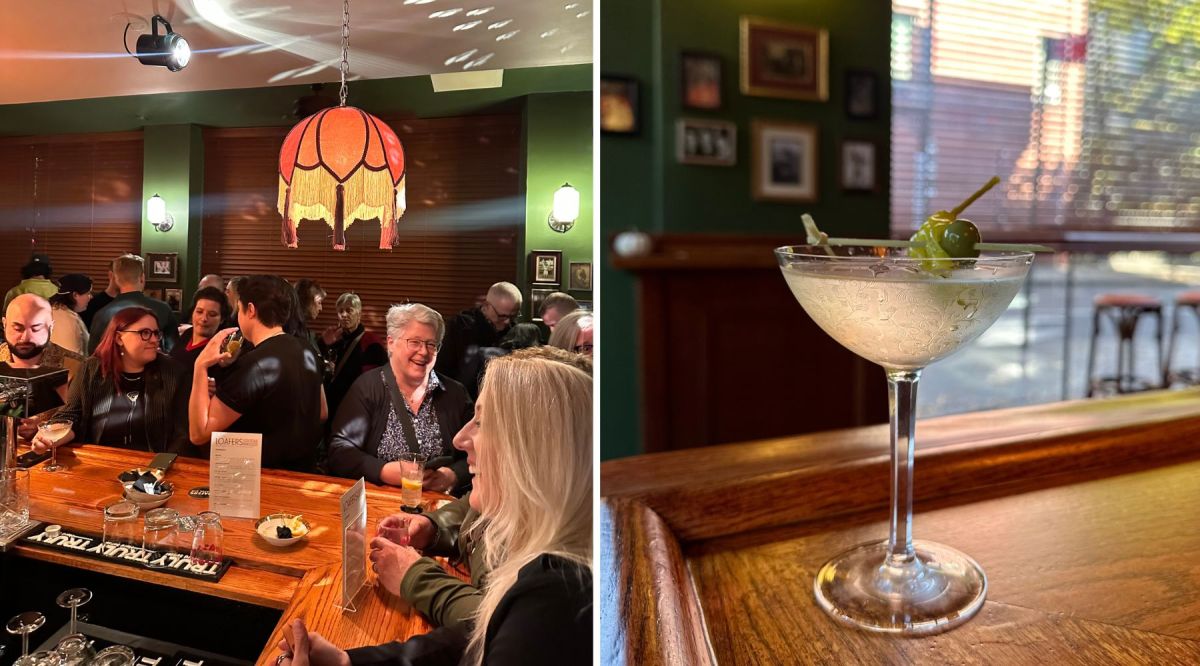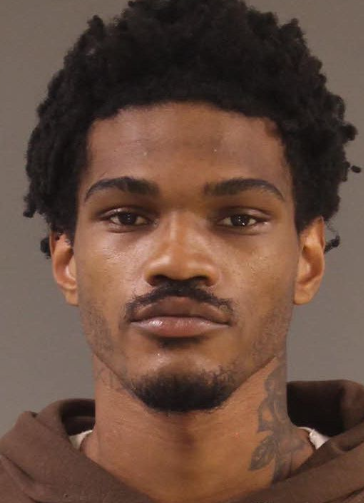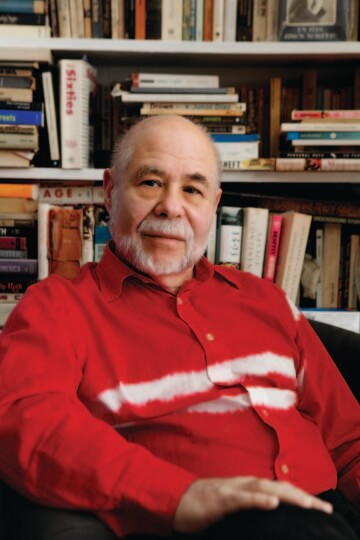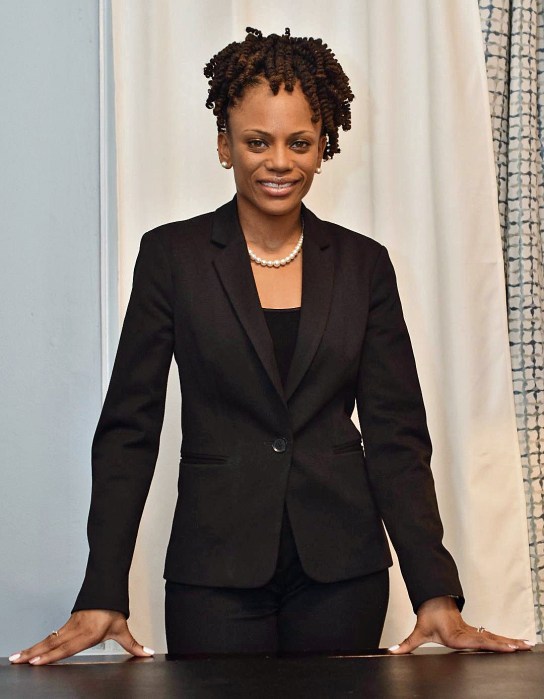BY STEVE ERICKSON | There’s a professional dog-walker in the East Village who looks exactly like the late musician Lou Reed, whose widow Laurie Anderson has directed “Heart of a Dog.” In fact, I used to think he was Reed, although I was surprised to see him walk five or six dogs almost every single day. Then Reed died, but I kept seeing the dog-walker. At first, I felt like I was seeing a ghost.
I think Anderson would appreciate this. Judging from her film, Reed did love dogs. The final images of “Heart of a Dog” show him playing with one. Anderson’s devotion to them is not in question. Her film touches on many subjects, but the life –– and afterlife –– of her rat terrier Lolabelle is foremost on her agenda.
Anderson hasn’t directed a feature since her 1986 concert film, “Home of the Brave.” As a musician, she’s probably best remembered for her 1981 hit “O Superman,” but while she may have faded from popular memory, she’s influenced young performers like Norwegian singer Jenny Hval. She pioneered a way to play experimental rock without the machismo that often comes with electric guitars, even when wielded by women. How many musicians would try to teach their dogs how to play the piano, as Anderson does in “Heart of a Dog”? With this film, she proves herself to be a capable director.
Laurie Anderson explores post-9/11 West Village, America in the story of her beloved Lolabelle
“Heart of a Dog” divides neatly into two halves. At first, Anderson reflects on a variety of subjects, including the impact of 9/11 on her West Village neighborhood (which has the highest percentage of dogs in New York, she informs us) and encroaching mortality. However, her beloved Lolabelle lurks behind it all. She relates an anecdote about a hawk swooping down and almost eating the dog, which it had mistaken for a large rabbit. Lolabelle did not react well to the notion that she could be prey, as well as Anderson’s guardian and that danger could come from the sky. See any parallels to American humans’ reaction to 9/11?
Anderson goes further, touching on the way dogs were used by the military to sniff for bombs. She seems quietly outraged that these animals had to spend a year in prison as part of their training. Parts of “Heart of a Dog” could pass for outtakes from Laura Poitras’ Edward Snowden/ NSA documentary “Citizenfour”; Anderson shows images of desert bunkers where documents are hidden and electronic equipment for spying is kept.
“Heart of a Dog” is basically a documentary, but it sticks loosely and irreverently to the form. Anderson has equal imagination as a visual artist and musician. The film begins with animated drawings of her dream about giving birth to Lolabelle. Anderson includes much of her own artwork, including drawings of Lolabelle in the bardo (the Buddhist passage to the afterlife). She also incorporates 8mm home movies from her childhood and attempts to convey what it’s like to see through the eyes of a dog. One section is filmed with a camera very low to the ground, while another manipulates color to express the dog’s more limited visual sensitivity (which it compensates for by a greater sense of smell).
All of Anderson’s musings on the security state are interesting, but the second half of “Heart of a Dog” makes it something special. Gaspar Noe’s “Enter the Void” seems like an inspiration as Anderson tries to imagine Lolabelle’s journey through the bardo. Much of this consists of recycling imagery from the first half of the film in new contexts. The film also looks grimy, as though we’re watching it through a dirty window. Noe is an atheist influenced by psychedelic drugs, avant-garde films, and Stanley Kubrick. If Anderson takes drugs, she never mentions it, and she seems to be a pretty sincere Buddhist. Yet the result is pretty strong head-trip cinema all the same. It’s hard to say where the film is going on a moment-to-moment basis, but it ends up somewhere pretty spectacular.
Then Lolabelle seems to exit the bardo and Anderson comes back to reality. Reed is listed in the credits as playing a doctor, but I never spotted him. Anderson doesn’t talk about his death, just Lolabelle’s, but both human and animal mortality are clearly on her mind. We should all be so lucky as to have a method of dealing with it as productive as making “Heart of a Dog.”
HEART OF A DOG | Directed by Laurie Anderson | HBO Documentary Films/ Abaramorama Pictures| Opens Oct. 21 | Film Forum, 209 W. Houston St. | filmforum.org






